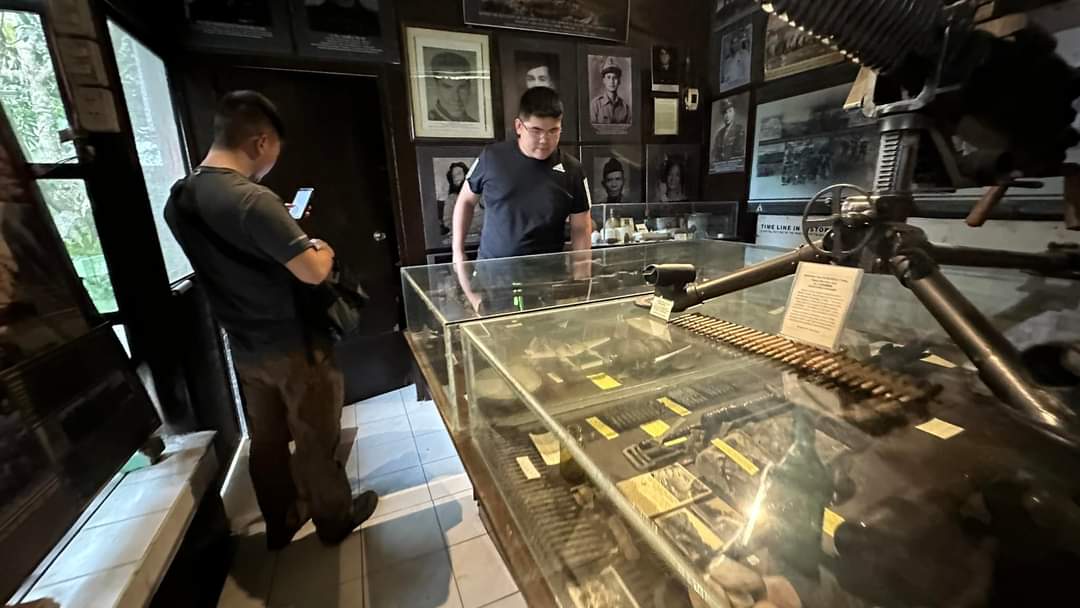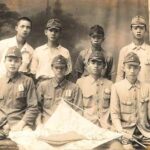The Taiwanese had the share of WWII History in Bamban-Clark area, as more than 600 Formosans were deployed in the Bamban Hills in January 1945 as part of the labor force of the Imperial Japanese Navy Clark Defense Force under Rear Admiral Sugimoto.
Called the Setsueitai, the Taiwanese were unarmed and non-combatants, were conscripted from their villages around Taihoku, Taipei and brought to Bamban Hills after serving short stint from nearby airfields of Clark Air Center. Under a Japanese officer, their unit was called Murayama Butai and were dispatched as companies of labor personnel to various Japanese navy forces of the Clark Defense Force KBK, utilized in suppy and logistical works and in curving out tunnels.
Holed on the mountains of Bamban behind Clark Field (Mataba, Burog, Buok, Calapi, Haduan and Calang mountains) at the Kembu Group naval last stand positions, most of them died with the devastating ground battles and aerial bombardments by the US Army’s 40th, 43rd and 38th Divisions and 5th Air Force in February and March 1945.
A few survivors managed to escape to the north in west Tarlac in March until June 1945, only to be cut down by the 38th Division Mechanized Recon troops and 632nd Tank Destroyer Bn along with the contingents of Tarlac Military Area, Luzon Guerrilla Army Forces led by Major Cris Hipolito and Aeta warriors under the command of Lieutenant Andres Dela Cruz of the Baluga Negrito Scouts TMA.
Only a handful of the original 600 Taiwanese (Formosan) Setsueitai survived the war and surrendered to the forces of Major Cris Hipolito and turned over to the officers of 38th Division and 632nd Tank Destroyer Bn.
The flag is dedicated to these 600 Taiwanese, most of them died in the mountainous battlefields that became open graves to the war dead.





Citation *The 318 Setsueitai Pioneers.*The Luzon Construction Battalion of the Japanese Imperial Navy.*Official Records of the Kembu Group.*Shinjo Akamatsu, Diary of the Last Man. *Tarlac Military Area, Luzon Guerrilla Army Forces.










